Can healing your gut help your mental & psychological, digestive, allergy or autoimmune issues?
Before reading this post, you probably need to go and read:
• Part 1 – an intro to the GAPS diet.
• Part 2 – the foods that need to be avoided and why
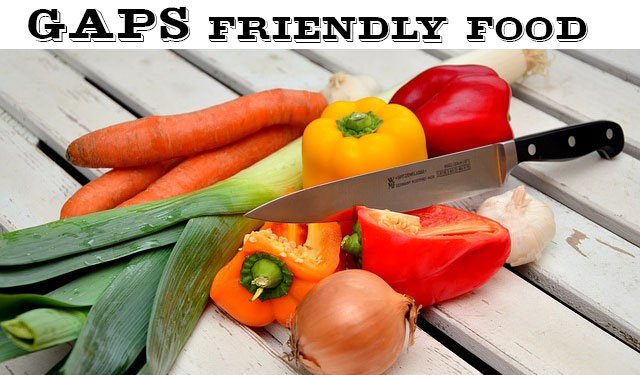
OK, if you’re transitioning from a SAD (standard American diet) some of these foods may not sound yummy to you. But they are all real foods that our ancestors thrived on for thousands of years. And let’s face it, the diet is a lot easier to do if you focus on what you can have and learn to appreciate their flavours, than if you’re hankering for donuts or chocolate.
The GAPS diet is very similar to the Paleo diet, so if you’re familiar with that, a lot of this will already make sense to you. But there are other healing elements that have more importance on GAPS than Paleo. I’ll point out any differences as we go through each category of food.
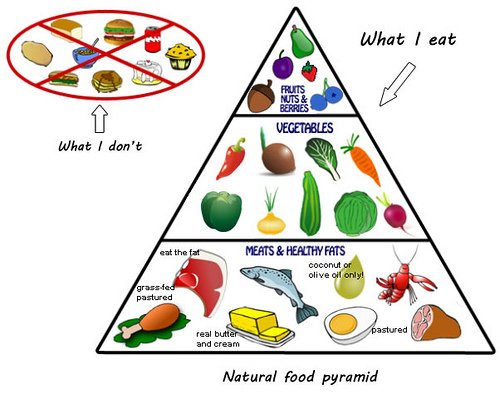
Healing Foods and Supplements
These are all allowed on Paleo, but aren’t considered especially important. But Dr Natasha recommends eating them every day, ideally with every meal.
• Bone broths – made by simmering bones for about 3 hours – contain a lot of nutrients that will heal and seal the gut lining. This is vital for repairing your digestion. This can be taken as a hot drink, but most people prefer to make a vegetable soup with it.
• Meat stocks – if you’re very ill, you might need to build up to bone broths and so you’d start with a meat stock – basically just the meaty liquid that you get when you stew some meat
• Sauerkraut – raw cabbage of any kind, eaten before a meal, will help your body produce Hydrochloric acid, needed to digest proteins. If you have it fermented, in the form of sauerkraut, or sauerkraut juice, you also get good “bugs”, so fermented veges of any kind are highly encouraged
• Cod liver oil (CLO) – preferably a brand with natural vitamins – is a good source of vitamins A & D. They are both vital for good health, and our modern diet tends to be low in them. Vitamin A is especially useful for helping heal the gut. CLO is also a good source of Omega 3, great for brain healing. (For those with brain problems, sometimes extra fish oils are also used).
• Probiotics – preferably a multi strain type – for getting those good bugs into your digestive system.
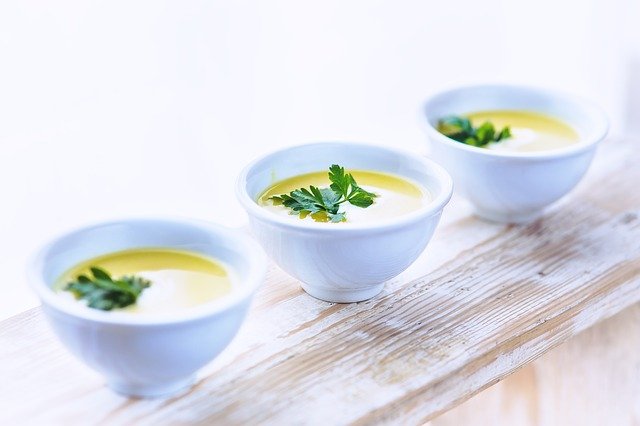
Protein:
Proteins are essential building blocks for our bodies. For most people, these are more easily digested and more nourishing from animal foods. Animal foods tend to be more nourishing: plant foods tend to be more cleansing.
Most people on a Paleo diet would avoid dairy, but some use it as long as it is pasture raised and either unpasteurised or fermented.
• Meat, poultry, pork (fresh or frozen) – Pasture raised is best. Don’t be frightened of eating too much meat. As long as you’re digesting it, it’s very nourishing.
• Organ meat (eg. liver or kidneys), ideally once a week – a good source of fat soluble vitamins A & D
• Fish (fresh, frozen, canned in water)
• Eggs – preferably free range and organic too if possible
• Dairy (if tolerated) – yoghurt, Kefir (another type of fermented milk), fermented cream, cheese – preferably from pasture raised animals
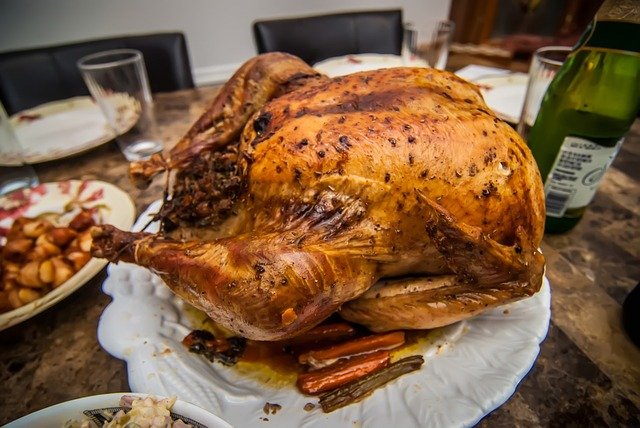
Fats:
As you are likely to be having less carbs on GAPS, you need to have a fair amount of fat to make up your calories. Unless you have a lot of weight you’d like to reduce, it’s best not to go low in both fats and carbs – at least not until some healing has taken place.
• Butter or ghee (if you tolerate them)
• Fresh coconut, coconut oil or coconut milk / cream
• Extra Virgin Olive oil (for salad dressings)
• Tallow, lard, chicken or duck fat (for cooking)
• Avocado (preferably the whole fruit, not just the oil)
• Nuts, preferably “activated” (soaked, then dehydrated). Seeds (except chia and flax). Nut or seed flours for baking. If your digestion is very sensitive, only use nut or seed butters initially.
• If you can tolerate the fibre, coconut flour is also good for baking and breads.
See my post on Good fats vs Bad fats for more info.
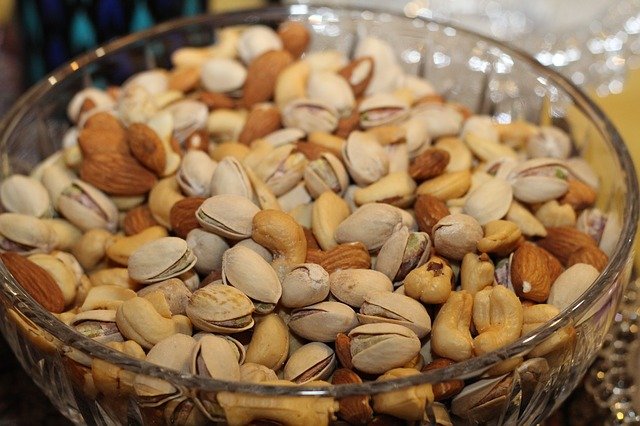
Carbohydrates:
Although GAPS can be done low carb, it doesn’t need to be. Eat freely (to your personal tolerance) of the vegetables below. Paleo wouldn’t allow the legumes below, but would allow some starchy vegetables such as kumera, yams, sweet potato or parsnips.
• Low carb vegetables - asparagus, beetroot, beans (fresh), broccoli, brussels sprouts, cabbage, capsicum, cauli, celery, chokos, cucumber, eggplant, garlic, kale, leek, lettuce, mesclun greens, mushrooms, onions, parsley & other herbs, radish, spinach, tomato, watercress, zucchini
• Medium carb vegetables - carrot, celeraic, peas, pumpkin, swede (rutabaga), turnip
• Legumes - Navy/haricot beans, lentils, split peas (if tolerated). Cashews are legumes, but can be used as nuts for nut milk, or baking.
• Fresh fruit (up to 3 serves a day) - Must be picked ripe, to ensure the starches have all converted to digestible sugars. So fresh and local is best. Bananas are an exception – they can be picked unripe, but don’t eat them till they’ve got black spots.
• Small amounts of dried fruit can be used instead, or used in baking, but always imagine what they would be like rehydrated (for portion control, as they are easy to overeat). Frozen fruit, without added sugar, is also ok.
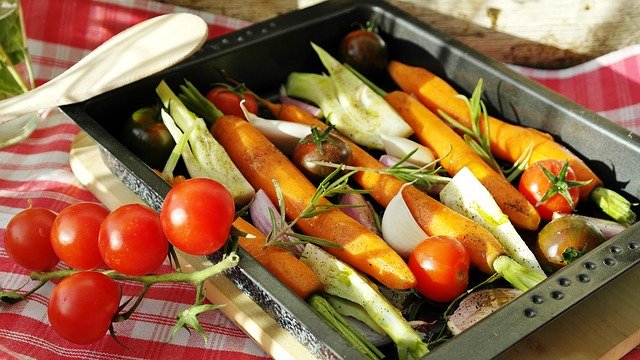
Flavourings and Condiments:
• Unprocessed (grey) sea salt
• Herbs
• Spices (make sure they are pure spices, with no additives)
• Honey (in small amounts)
• Stevia is technically not “legal” but may be better for some than honey. Alternatively, you can use dates as a sweetener for baking.
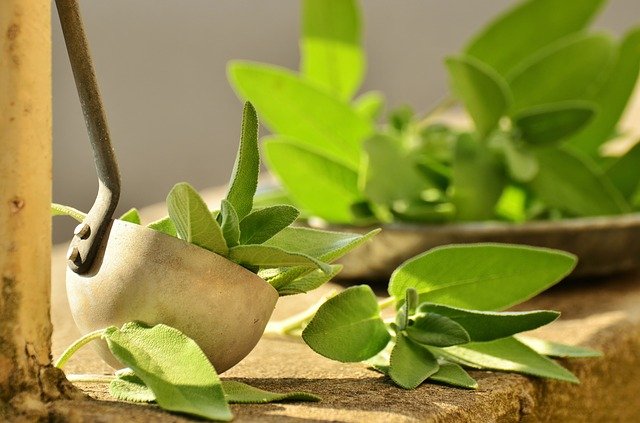
Drinks:
• Water – this must be free of chemicals, including fluoride – spring or aquifer water, bottled water ([check the source here[(http://www.foodandourhealth.com/bottled-water-filled-fluoride-heres-complete-list-brands-avoid/)), filtered water (preferably remineralised)
• Nut, seed or cashew milk
• Juice of GAPS friendly veges (& a little fruit) – these are used for gentle cleansing and detoxing
• Fermented drinks – coconut water kefir, milk kefir, beet kvass (and later on kombucha)
• Herb teas
• Weak tea or coffee (freshly made, not instant)
• Alcohol – Personally I think that if you’re sick enough to be doing GAPS, all alcohol should be avoided like the plague. But Dr Natasha allows (occasionally) preservative free, traditionally made wine, cider, scotch, gin and vodka. I noticed this recipe by @sharingeverybite for essentially a wine and berry smoothie. I figure, if you’re having the wine anyway, why not add in some extra GAPS friendly nutrients!
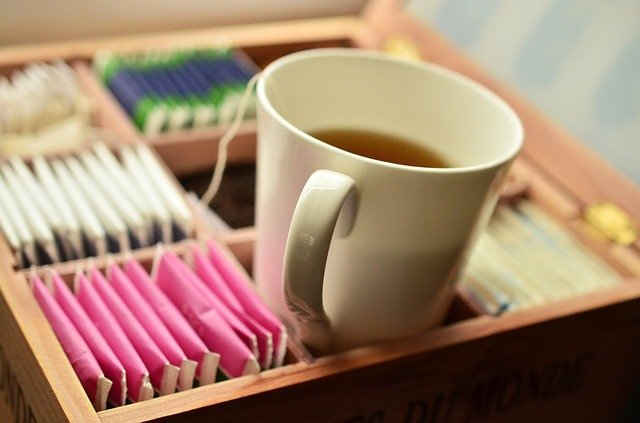
In future posts, I’ll talk about how this translates to actual meals, with some menu suggestions. Also how to decide whether to include dairy, and info about different stages of the plan. (and probably more!)
Thanks for reading. (And hopefully upvoting. Remember that the 5 vote limit was never implemented.) Feel free to ask questions.
Follow me for more nutrition, health, food, lifestyle and recipe posts.
The Paleo food pyramid is in a few places but although I can’t find it there, I think it first came from Mark Sisson of www.marksdailyapple.com. The rest are from Pixabay.
More previous nutrition posts:
• The wide variety of so-called healthy diets out there and what the commonality is with them all
• The travels of Weston A Price and his discoveries of what was included in a range of healthy diets.
• Good fats vs bad fats

